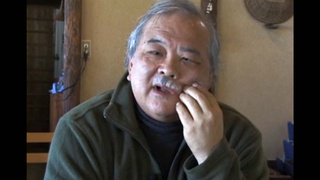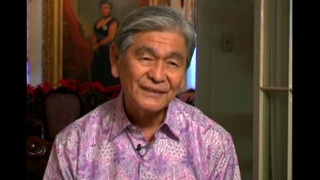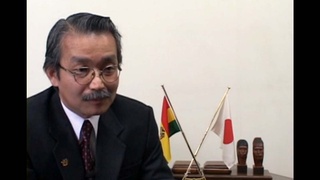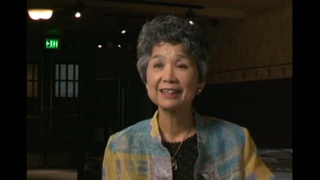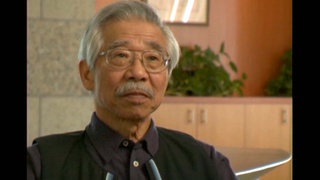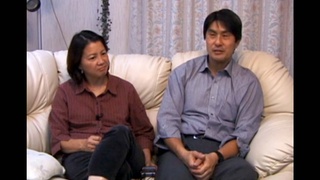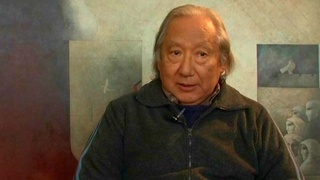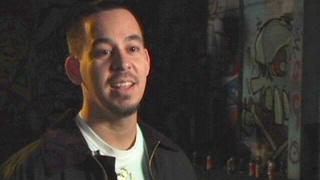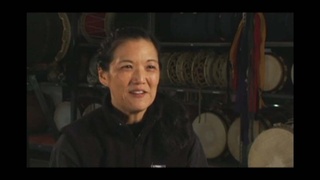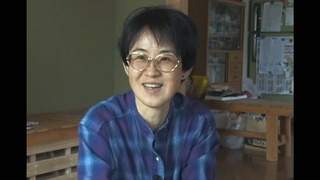Interviews
Postwar school-life
At the end of the war…right away we got more accepted because there were more kids from Oklahoma and the Mexicans were coming in more so there wasn’t just the white basic—that was gone. So that made it easier. Also I wasn’t one of these kids who wanted to be everything. I would take leadership positions. I started with one teacher a drama club and wrote plays and worked with younger kids and I actually had the nerve to go to the city and say that I’ll do a summer work with kids and did plays with them. I did a lot of things I think took a lot of nerve but somehow I just…I don’t know I had to make myself over people to accept myself that I was better than them. I know it sounds kind of nasty when you put it down but somehow I was able to do that.
Date: August 27, 2012
Location: Washington, US
Interviewer: Cindy Nakashima, Emily Anderson
Contributed by: Watase Media Arts Center, Japanese American National Museum with support of NITTO Tires Life History Project. Courtesy of the USC Hapa Japan Database Project.

